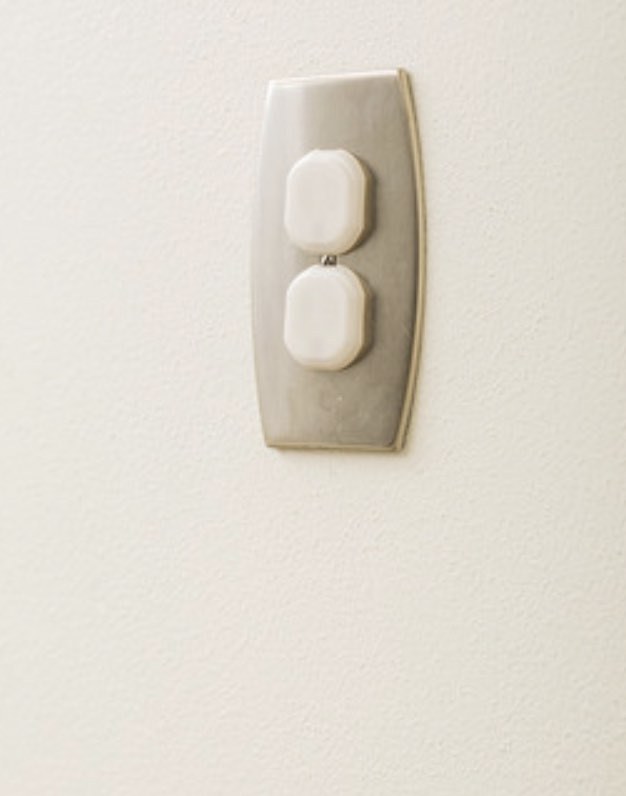Signs of electrical problems in a home

Homeowners know that all sorts of issues can affect a home. Issues can run the gamut from the merely annoying to the unsafe. Electrical issues fall into the latter category, posing a significant safety hazard if left unchecked.
According to the home safety experts at UL (formerly known as Underwriters Laboratories), learning to recognize warning signs of electrical wiring issues can greatly lower the risk of house fires. House fires pose a significant threat, as the Electrical Safety Foundation International notes that electrical malfunctions cause more than 50,000 house fires each year. UL indicates that the majority of those house fires can be prevented, and learning to recognize signs of electrical problems in a home is a key component of home fire prevention.
Dimming or flickering lights: The UL notes that light fixtures do not typically draw a substantial amount of power, so dimming or flickering lights is not often indicative of an issue with a fixture. Dimming or flickering lights could indicate that the circuit the lights are on is overburdened, most likely by large appliances sharing the circuit with the lights. If dimming and flickering lights are a problem, homeowners can speak to an electrician about moving the fixtures to another circuit or installing a new line specifically for major appliances.
Odors: Odor emanating from an outlet, fuse box or breaker panel should be reported to an electrician immediately. The odor, which some homeowners indicate smells like fish, could be a result of an overheated circuit. Odor coming from an outlet, fuse box or breaker panel could indicate a significant electrical issue, so homeowners should not hesitate to report this problem to an electrician. Odors can sometimes travel through HVAC systems as well, so homeowners should take note and call an electrician even if their outlets do not smell.
Hot outlets/switch plates: Outlets and/or switch plates that are hot to the touch are another indicator of an electrical issue. UL notes that outlets that become hot even when nothing is plugged into them could be wired incorrectly. In such instances, an electrician will need to fix the issue, and in the meantime, it may be best for homeowners to flip the breaker or remove the fuse for the outlet.
Frequently blown fuses or tripped breakers: According to UL, circuit breakers and fuses have a built-in fail-safe that is designed to prevent overloading. Sometimes a tripped breaker is a result of an aging appliance. One way to detect that is to plug in the product to more than one outlet in the house. If each breaker trips, then the appliance is likely to blame. However, if using the same outlet continues to trip the breaker regardless of what’s plugged into it, then the circuit requires the attention of an electrician.
Electrical issues increase the risk for home fires. Fortunately, such issues are generally preventable and often easily remedied by a qualified electrician.
Learn more about Electric Hazards
Contact Buckler Electric for all your residential and commercial electrical needs
